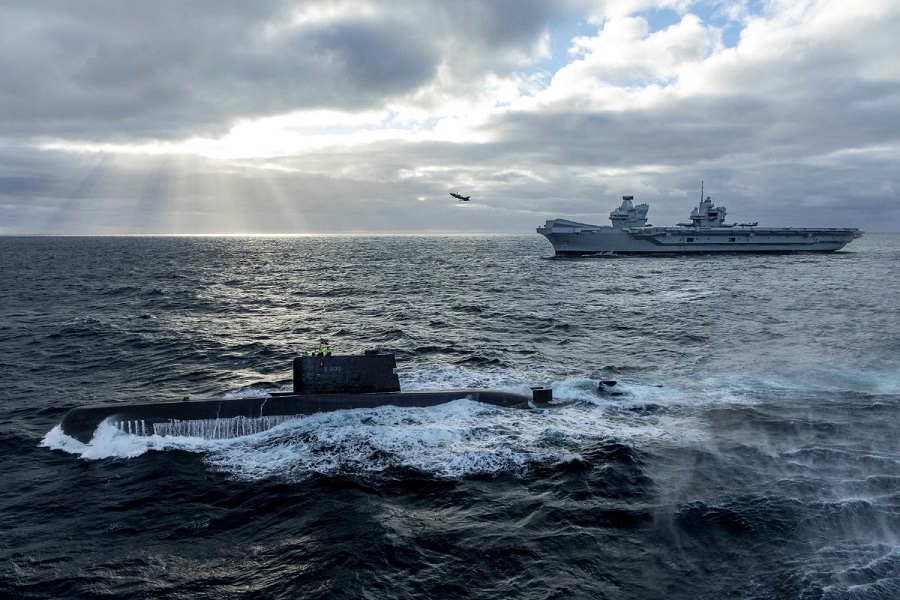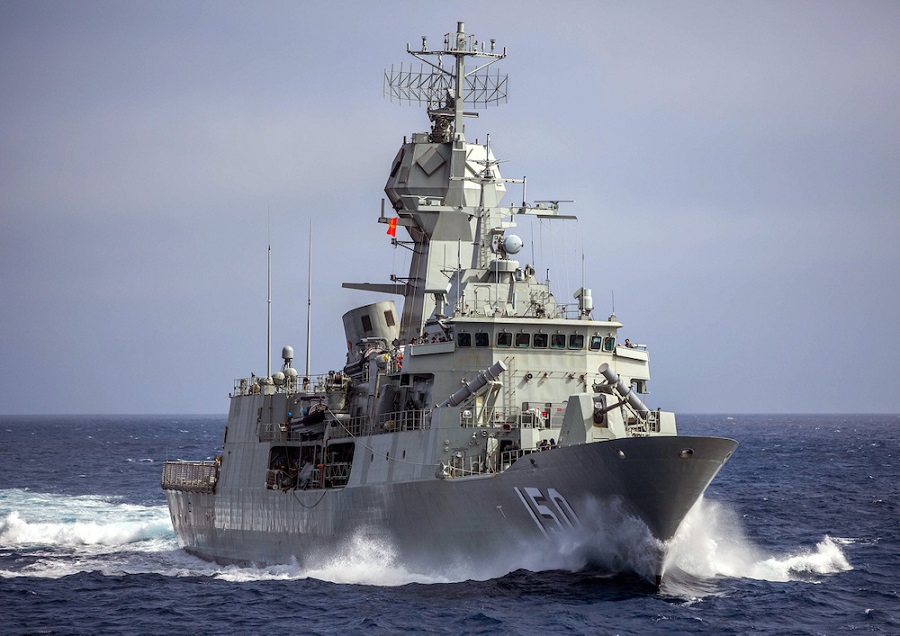Control of HMS Queen Elizabeth and her powerful task group of frigates, destroyers, aircraft, including F-35B Lightning jets, and support ships was transferred to NATO to create a potent task group able to operate across a vast area from the length and breadth of the Mediterranean and north to the Baltic Sea.
Commodore James Blackmore, Commander of the UK’s Carrier Strike Group, said: “This is the first time a UK Carrier Strike Group has been commanded by NATO in my memory, so this is momentous for the UK and the alliance. I look forward to a full week of activity ahead, and much more in the future; we are stronger together.”
Three aircraft carriers are under NATO’s command – with HMS Queen Elizabeth deployed to the North Sea, the Italian ITS Cavour and Spanish ESP Juan Carlos in the Mediterranean – knitting together cutting-edge forces ready to shield every inch of the alliance’s airspace, waterways and territory.
Warships from 21 nations are deployed on exercise – codenamed Neptune Strike – and are under the command and control of NATO’s Naval and Striking Support Forces, a battle staff under the Supreme Allied Commander Europe tasked with rapidly planning and executing operations wherever needed. Neptune Strike is ‘enhanced vigilance activity’ – basically showing that NATO remains as strong and relevant as ever and capable of the defensive commitments of the alliance.
After a brief pause in her deployment in Portsmouth last week, HMS Queen Elizabeth wasted little time getting stuck into Neptune Strike during a mock game of cat and mouse with a Norwegian submarine in the North Sea. HNoMS Utstein was tasked with ‘sinking’ the aircraft carrier and it was the job of submarine-hunting Merlin helicopters from 820 Naval Air Squadron to stop them.
The exercise tested naval aviators’ skill and tactical decision making, combining with a long-range Royal Air Force P8 Poseidon maritime patrol aircraft to hunt down the Ula-class boat. The Merlin used their sonobuoys (‘underwater ears’) to search for the submarine.
Later in the training, the Merlin carried out a rare ‘fin transfer’ – skilfully hovering over Utstein on the surface and moving supplies and personnel (in this case 820’s Lieutenant Rob Templeton) to and from aircraft and boat. The training means the Merlin aircrew are refreshed in the complex art of evacuating casualties from a submarine on patrol.
Neptune Strike continues until November 10.



























